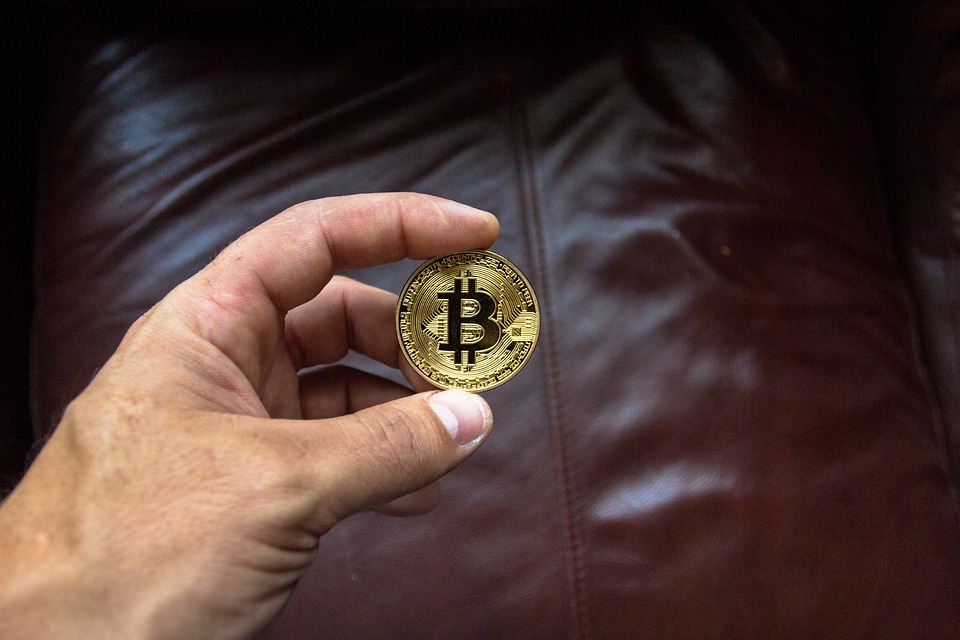In recent years, Bitcoin and other cryptocurrencies have gained immense popularity, attracting both seasoned investors and newcomers to the financial landscape. With this rise in digital asset ownership comes the crucial responsibility of securing those assets effectively. Whether you are a casual trader or a dedicated investor, safeguarding your Bitcoin wallet is paramount to preventing theft, loss, or unauthorized access to your funds. In this article, we will explore the best practices for securing your Bitcoin wallet and ensure that your digital assets remain protected.
Understanding Bitcoin Wallets
Before diving into security practices, it is essential to understand what a Bitcoin wallet is. A Bitcoin wallet is a software application or hardware device that allows you to store, send, and receive Bitcoin. It does not store Bitcoin in the traditional sense but rather maintains the keys that provide access to your Bitcoin addresses, which are ultimately recorded on the blockchain. There are various types of wallets, including:
-
Hot Wallets: These are connected to the internet and allow for easy access to your funds. Examples include software wallets and web-based wallets, which are user-friendly but carry higher risks.
- Cold Wallets: These are offline storage solutions, such as hardware wallets or paper wallets. They provide a much safer option for storing Bitcoin in the long term due to their lack of internet connectivity.
Best Practices for Bitcoin Wallet Security
-
Use Hardware Wallets for Long-Term Storage
If you are planning to hold a significant amount of Bitcoin for an extended period, using a hardware wallet is one of the safest options. These devices store your private keys offline, making them immune to hacking attempts and malware. Some popular hardware wallets include Ledger and Trezor. -
Enable Two-Factor Authentication (2FA)
For any wallet that permits it, always enable two-factor authentication. 2FA adds an extra layer of security by requiring a second form of verification, such as a code sent to your mobile device, in addition to your password. This significantly reduces the risk of unauthorized access. -
Keep Software Up to Date
Whether you are using a software wallet or a hardware wallet, always keep your software up to date. Developers regularly release updates to fix security vulnerabilities and introduce new features. Enabling automatic updates can help ensure you never miss a critical patch. -
Use Strong, Unique Passwords
Create strong and unique passwords for your wallets and accounts. A good password should be at least 12 characters long and include a mix of uppercase letters, lowercase letters, numbers, and symbols. Avoid using easily guessable information, such as birthdays or pet names. Consider using a password manager to generate and store complex passwords securely. -
Back Up Your Wallet
Regularly back up your wallet to avoid losing access to your funds due to device failure or accidental deletion. Most wallets offer an option to generate a backup phrase (often referred to as a seed phrase). Write it down and store it securely in a physical location, separate from your wallet—never store it digitally to avoid potential hacking. -
Be Wary of Phishing Attacks
Phishing attacks are prevalent in the cryptocurrency space, where attackers attempt to obtain your private keys or login credentials by impersonating legitimate services. Always double-check URLs, emails, and social media links before entering any sensitive information. Use bookmarks for important sites to avoid typing URLs manually. -
Limit Exposure to Hot Wallets
If you need to use a hot wallet for trading or quick transactions, limit the amount of Bitcoin stored in it. Keep only what you need for daily activities and transfer excess funds to more secure cold storage. This strategy minimizes the risk of losing significant amounts of Bitcoin to online threats. -
Secure Your Devices
Ensure that the devices you use to access your wallet are secure. Update your operating system and software regularly, use reputable antivirus programs, and enable a firewall. Be mindful of public Wi-Fi networks, which can expose your data—avoid accessing your wallet over unsecured connections. -
Consider Multi-Signature Wallets
A multi-signature (multisig) wallet requires multiple private keys to authorize a transaction. By using this type of wallet, you can significantly enhance security by splitting control among several trusted parties or devices, reducing the risk of losing access to funds if one key is compromised. - Educate Yourself Continuously
The cryptocurrency space is constantly evolving, and so are security threats. Stay informed about the latest security practices, developments in the cryptocurrency ecosystem, and ongoing scams. Join reputable online communities or forums to share knowledge and gain insights from others.
Conclusion
As the digital currency landscape continues to expand, ensuring the security of your Bitcoin wallet is more important than ever. By implementing these best practices, you can significantly reduce the risk of theft and loss, allowing you to focus on your investments with peace of mind. Remember, safeguarding your digital assets is an ongoing process that demands vigilance and education. Stay informed, be proactive, and protect your Bitcoin investments—your future self will thank you.


